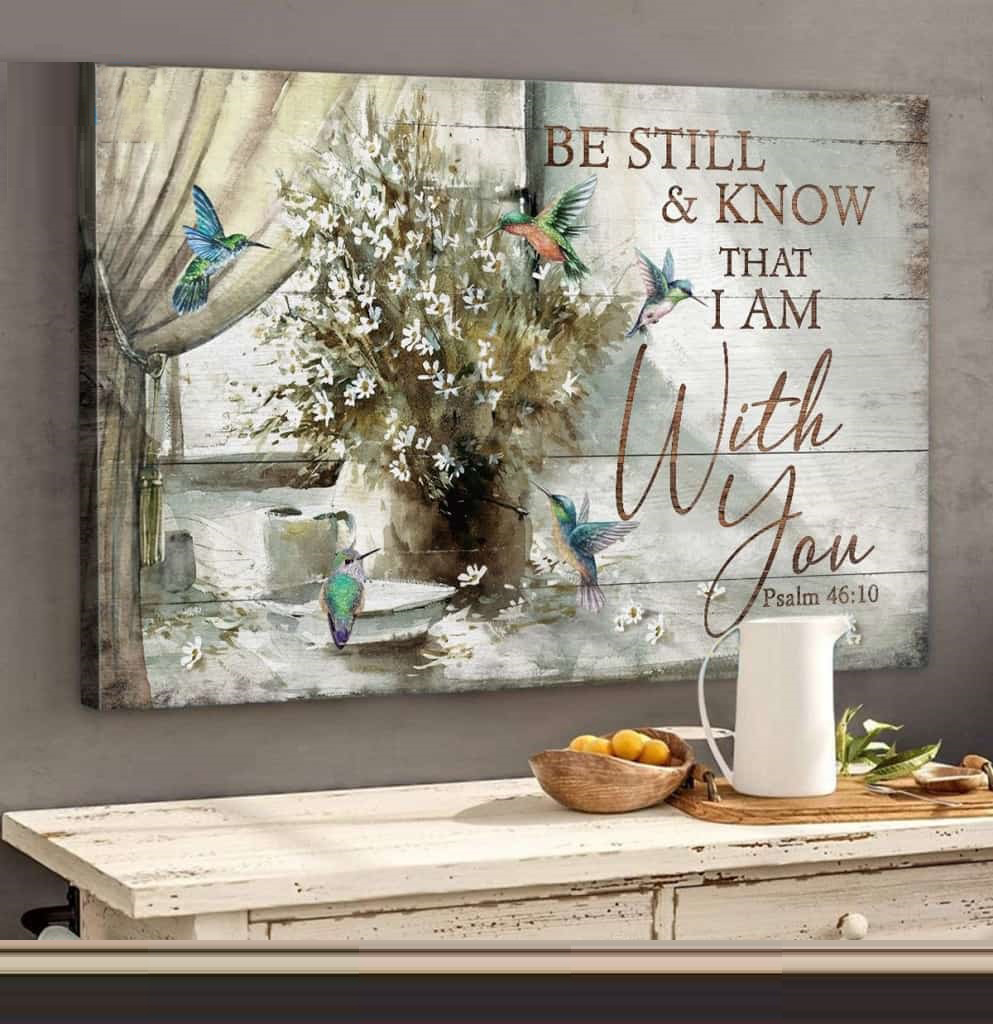Whats the history of Minimalist Home Decor?
Minimalist home decor has its roots in the early 20th century, with origins in several art and design movements. Here's a brief history of minimalist home decor:
1917-1931 - De Stijl
Minimalism finds its earliest roots in the Dutch art movement known as De Stijl. Led by artists like Piet Mondrian, De Stijl emphasized simplicity and abstraction, with a focus on geometric shapes, primary colors, and clean lines. This movement laid the foundation for minimalist aesthetics.
2. Bauhaus - 1919-1933
The Bauhaus school in Germany played a significant role in the development of minimalism in design. It promoted functionalism and the idea that form should follow function. Bauhaus principles influenced architecture, furniture design, and interior decor with an emphasis on simplicity and utility.
Buy Minimalist Decor pieces
3. Mid-20th Century Minimalism:
After World War II, minimalist ideas gained prominence in the United States, notably through artists like Donald Judd and Dan Flavin. They created minimalistic sculptures and installations that explored the relationship between objects and space.
4. 1960s Minimalism:
Minimalism as a design movement really took off in the 1960s.Interior designers like Ludwig Mies van der Rohe and architects such as Richard Meier embraced clean lines, open spaces, and a "less is more" philosophy. This era saw the rise of minimalist furniture and architecture.
5. 1980s and Beyond:

Minimalism continued to evolve, becoming a popular design choice for homes and offices. It emphasized neutral color palettes, simple forms, and the removal of excess decoration. Scandinavian design, with its clean and functional aesthetics, also influenced minimalist home decor during this time.
Check out some Minimalist Decor items HERE
6. Contemporary Minimalism:
Today, minimalist home decor remains a popular choice. It emphasizes decluttered spaces, a focus on quality over quantity, and the use of natural materials. It's often associated with a sense of calm and tranquility in living spaces.
Minimalist home decor is not just a design choice; it's also a lifestyle. It promotes intentional living, where every item in a space serves a purpose and adds value. This philosophy of "less is more" continues to inspire homeowners and designers to create elegant, uncluttered living environments.









